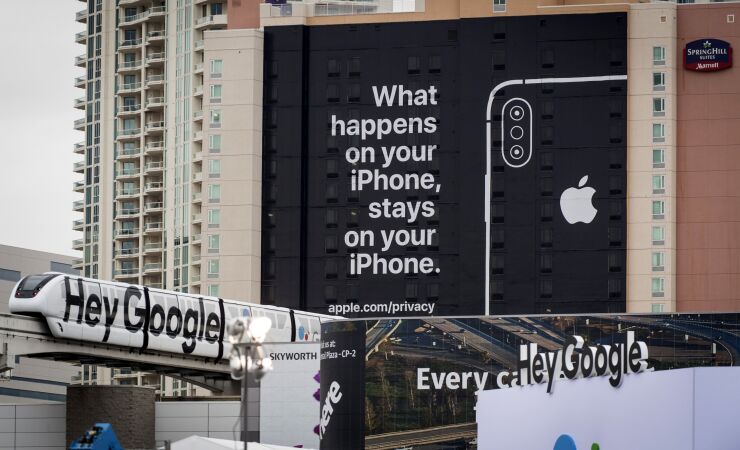The long financial saga of the troubled Las Vegas Monorail could be coming to an end after its second bankruptcy.
The project exits that second bankruptcy with a sale of the line to the Las Vegas Convention and Visitors Authority. But this time bondholders will get paid. In the first go-round in 2011, bondholders took a

In the first bankruptcy, the monorail’s debt was reduced from $650 million to $13 million.
The LVCVA purchased the line for $24 million, according to papers filed in the U.S. Bankruptcy Court in Las Vegas. The majority of the purchase price covers the $22 million in debt held entirely by municipal bond investor Preston Hollow Capital LLC.
The authority closed last week on its acquisition of the assets of the Las Vegas Monorail Co. The U.S. Bankruptcy Court in Las Vegas
The monorail closed in March due to the pandemic and hasn’t been able to reopen, chief executive Curtis L. Myles III, said in a declaration
Myles wasn't available for further comment, according to a spokeswoman.
In 2010, company officials attributed the financial woes to overly optimistic ridership and revenue projections.
In 2020, pandemic restrictions forced the monorail to lay off 93% of staff, reduce compensation for the remaining workers by up to 30% and cut maintenance and operational expenses to the bare minimum, according to bankruptcy documents. The system had been dipping into debt-service reserves to pay bondholders since April.
As its owners, The Las Vegas Convention and Visitors Authority’s board of directors approved on Thursday the elimination of a non-compete zone for the monorail, which will allow Elon Musk's Boring Company to develop a 15-mile network of tunnels that it says can link Strip and downtown Las Vegas resorts with McCarran International Airport and Allegiant Stadium.
The elevated monorail has moved nearly five million people a year, according to LVCVA, many of whom attend meetings at the convention center. The LVCVA said it plans to resume operations of the monorail when demand returns.
Key staff expertise from the existing monorail team will be retained and part of Western Management Group contracted by the LVCVA to manage and operate the system, LVCVA said.
The monorail began in 1995 with service running between MGM Grand and Bally’s using two used monorail trains that had previously been operated at Walt Disney World. The system was expanded and reopened with seven stops on July 15, 2004, along the resort corridor.





